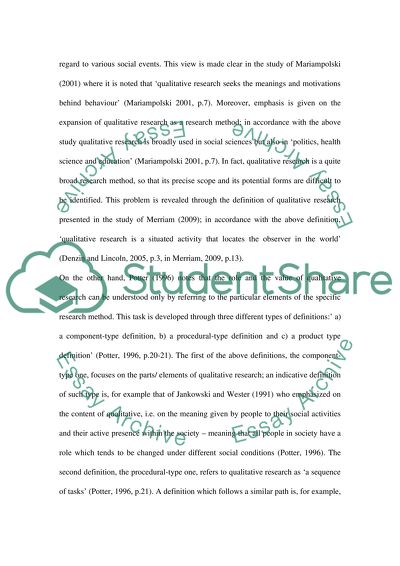Cite this document
(“How different are quantitative and qualitative research Essay”, n.d.)
Retrieved from https://studentshare.org/environmental-studies/1410725-how-different-are-quantitative-and-qualitative
Retrieved from https://studentshare.org/environmental-studies/1410725-how-different-are-quantitative-and-qualitative
(How Different Are Quantitative and Qualitative Research Essay)
https://studentshare.org/environmental-studies/1410725-how-different-are-quantitative-and-qualitative.
https://studentshare.org/environmental-studies/1410725-how-different-are-quantitative-and-qualitative.
“How Different Are Quantitative and Qualitative Research Essay”, n.d. https://studentshare.org/environmental-studies/1410725-how-different-are-quantitative-and-qualitative.


